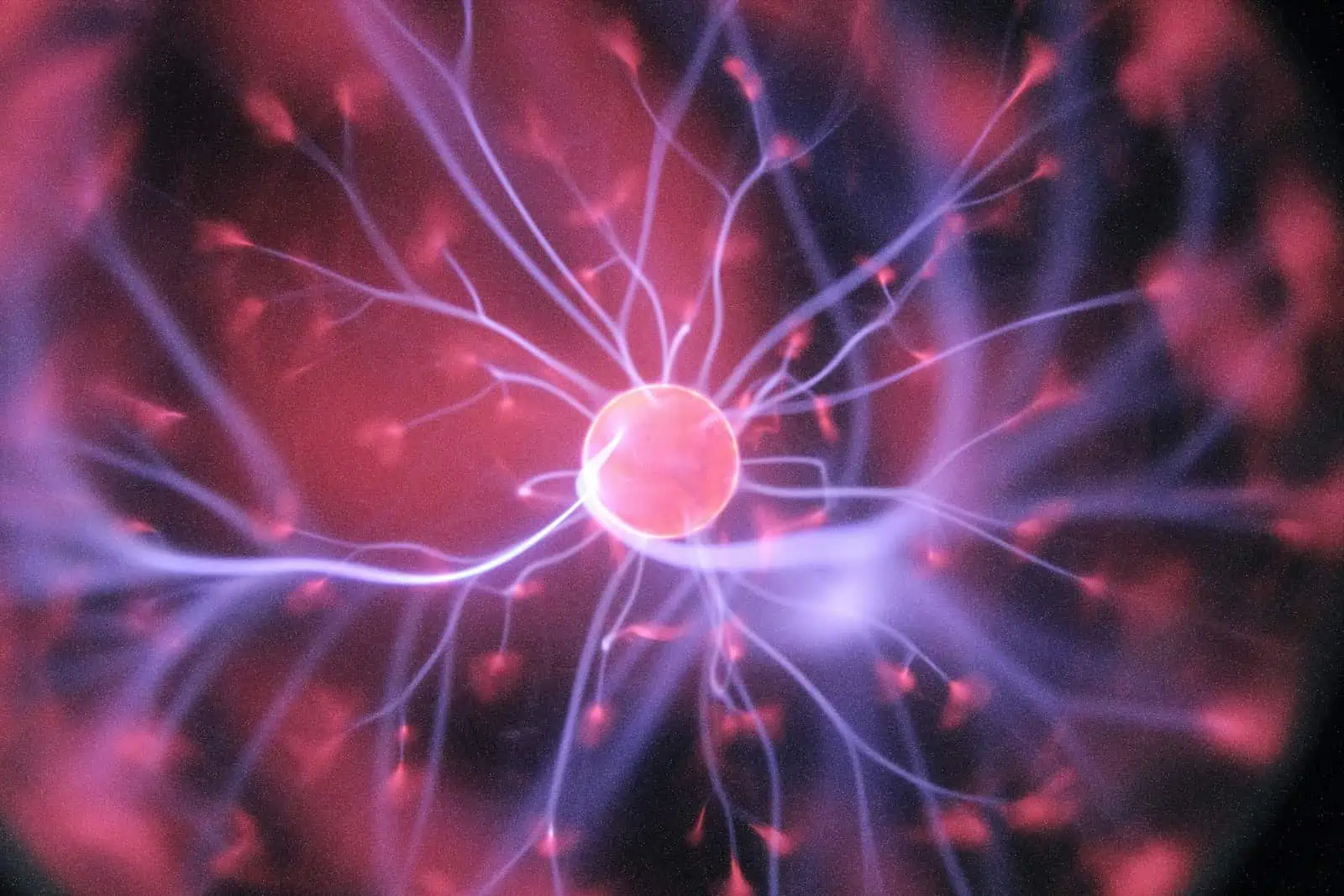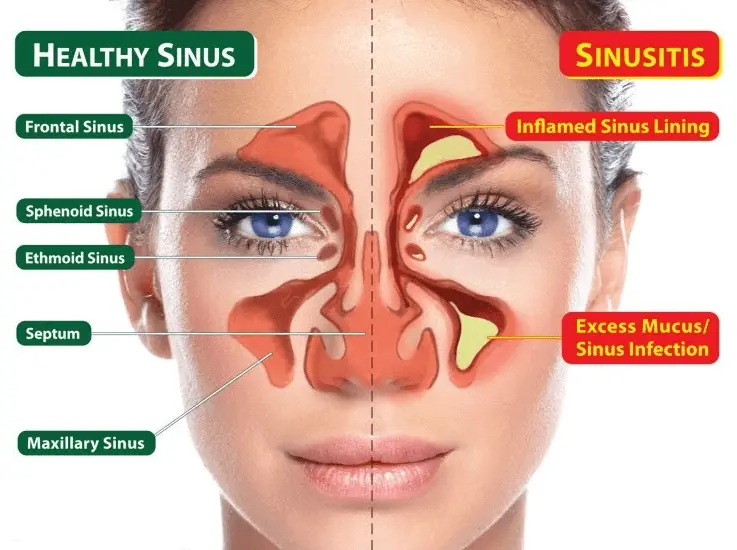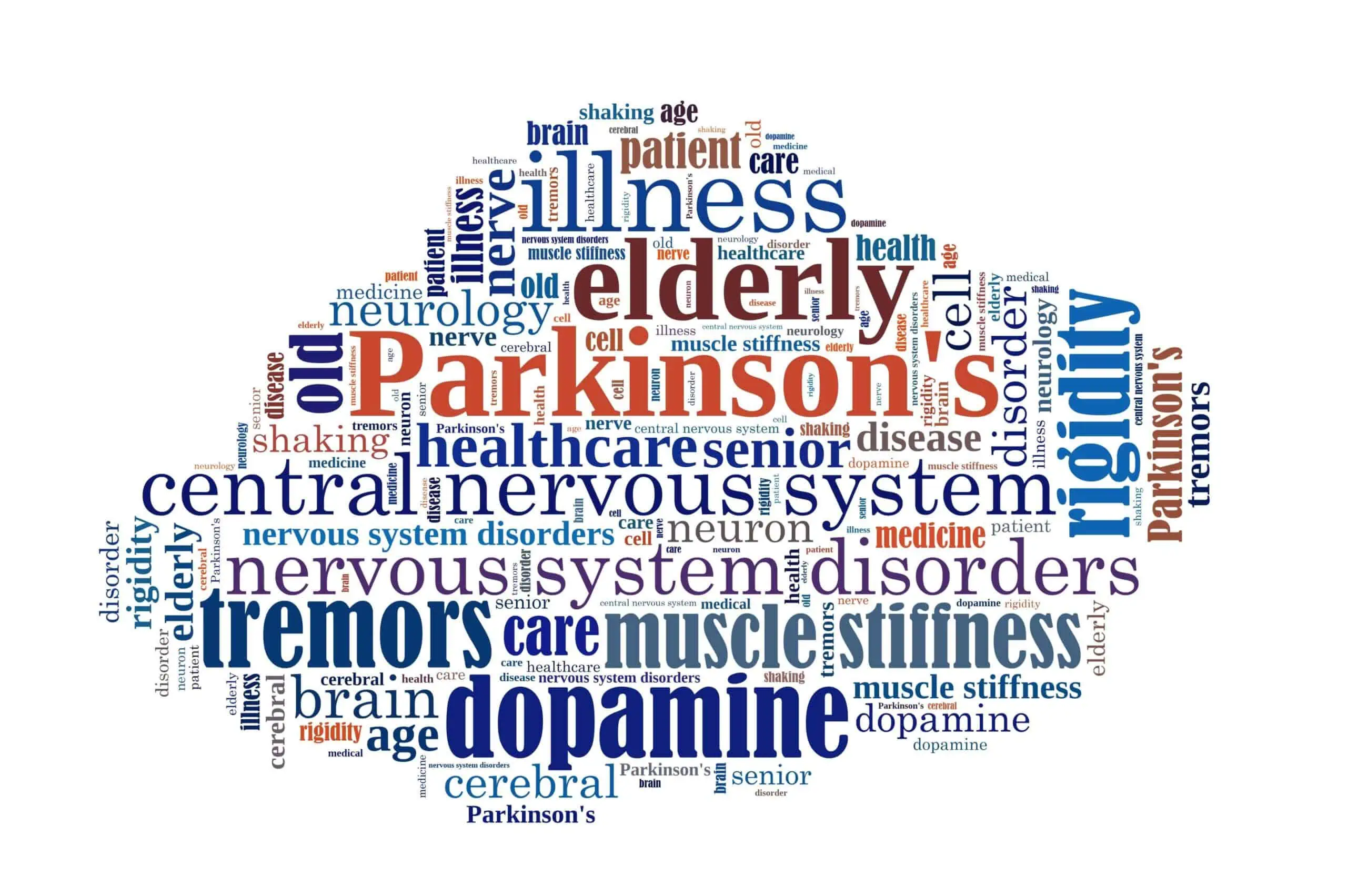
Terahertz Technology and Modern Science Uses
Terahertz (THz) technology is a rapidly developing field that has shown immense potential for diverse applications in healthcare, security, and communication. Terahertz radiation lies between the microwave and infrared regions of the electromagnetic spectrum and has a wavelength range of 0.1–10 mm. The unique properties of Terahertz radiation, such as its non-ionizing nature, ability to penetrate various materials, and sensitivity to molecular vibrations, make it a promising tool for a wide range of biomedical applications. In this article, we will discuss the latest developments in Terahertz technology and its potential applications in healthcare.
Terahertz Communication
Terahertz waves have the potential to revolutionize wireless communication by offering higher data rates and increased security. The current wireless technologies, such as Wi-Fi and Bluetooth, use radio waves to transmit data, which are limited in bandwidth and can be intercepted by hackers. Terahertz waves, on the other hand, have a much higher frequency and can carry more data, making them ideal for high-speed wireless communication. Additionally, Terahertz waves can only penetrate a few millimeters into the skin, which makes them more secure than radio waves as they cannot be intercepted from a distance.
Terahertz Imaging
Terahertz imaging has shown great potential for medical diagnostics, particularly in identifying cancerous tissue and tracking drug delivery in real-time. Terahertz radiation is sensitive to the water content of tissues, which allows it to differentiate between healthy and diseased tissue. Moreover, Terahertz waves can penetrate through opaque materials, such as clothing, paper, and plastics, making it a non-invasive and safe imaging technique. Terahertz imaging has been used for breast cancer detection, skin cancer diagnosis, and identifying the extent of burn injuries. Furthermore, Terahertz imaging can be used to track drug delivery in real-time, providing valuable information on the effectiveness of a particular drug.
Terahertz Spectroscopy
Terahertz spectroscopy is a powerful tool for material analysis and identification, particularly in the pharmaceutical industry. Terahertz radiation is sensitive to the vibrational modes of molecules, allowing it to identify different materials based on their unique spectral fingerprint. Terahertz spectroscopy has been used for drug development and quality control, as well as identifying counterfeit drugs. Terahertz spectroscopy can also be used for explosive detection, food quality analysis, and environmental monitoring.
Terahertz Sensing
Terahertz sensing is a non-destructive and non-invasive technique that can be used to monitor materials such as plastics, ceramics, and composites. Terahertz waves can penetrate through these materials and provide information on their composition, thickness, and defects. Terahertz sensing has been used for quality control in the manufacturing industry, such as identifying defects in semiconductor wafers and composite materials. Terahertz sensing can also be used for security applications, such as detecting concealed weapons and explosives.
Terahertz Radiation Therapy
Terahertz radiation therapy is a new and promising approach to treating cancer. Terahertz radiation has a unique ability to selectively heat cancer cells while sparing normal cells, making it a potentially effective and non-invasive cancer treatment. Terahertz radiation can also penetrate through tissue without causing ionization or DNA damage, reducing the risk of side effects. Terahertz radiation therapy has shown promising results in preclinical studies, and further research is needed to establish its safety and efficacy.
Terahertz Microscopy
Terahertz microscopy is a technique that can be used to characterize materials at the micro and nano scales. Terahertz waves can provide information on the electrical and optical properties of materials, allowing them to be analyzed and characterized. Terahertz microscopy has been used in the semiconductor industry to identify impurities and defects in materials. It can also be used for biological applications, such as studying the structure and function of proteins and DNA.
Potential Applications in Alzheimer’s Disease
Alzheimer’s disease (AD) is a progressive neurodegenerative disorder that affects millions of people worldwide. The early diagnosis and treatment of AD are crucial to slow down or even halt its progression. Terahertz technology has the potential to be a valuable tool in the diagnosis and treatment of AD.
Terahertz Imaging and Spectroscopy for AD Diagnosis
Terahertz imaging and spectroscopy can be used to identify the molecular changes that occur in the brain during the early stages of AD. Terahertz waves can detect changes in the water content of brain tissue and identify protein aggregates, such as amyloid-beta plaques and tau tangles, which are the hallmark features of AD. Terahertz imaging and spectroscopy can also be used to distinguish between healthy and diseased brain tissue, allowing for early and accurate diagnosis of AD.
Terahertz Radiation Therapy for AD Treatment
Terahertz radiation therapy has shown potential for the treatment of AD. Studies have shown that Terahertz radiation can break down amyloid-beta plaques, which are the primary cause of AD. Moreover, Terahertz radiation can stimulate neuronal growth and repair, which can help to slow down the progression of the disease. However, further research is needed to establish the safety and efficacy of Terahertz radiation therapy for AD treatment.
Terahertz Communication for AD Monitoring
Terahertz communication can be used to monitor AD patients remotely, providing valuable information on their cognitive function and behavior. Terahertz waves can penetrate through clothing and monitor the patient’s vital signs, such as heart rate and breathing rate. Terahertz communication can also be used to track the patient’s location and activity, providing valuable information on their daily routine and behavior.
Conclusion
In conclusion, Terahertz technology is a rapidly developing field that has shown immense potential for diverse applications in healthcare, including in the diagnosis and treatment of Alzheimer’s disease. Terahertz technology offers unique advantages over traditional imaging and sensing techniques, such as non-invasiveness, sensitivity to molecular vibrations, and the ability to penetrate through various materials. As the field continues to grow and evolve, it is likely that new applications and improvements will emerge, providing valuable tools for healthcare professionals and researchers alike.










